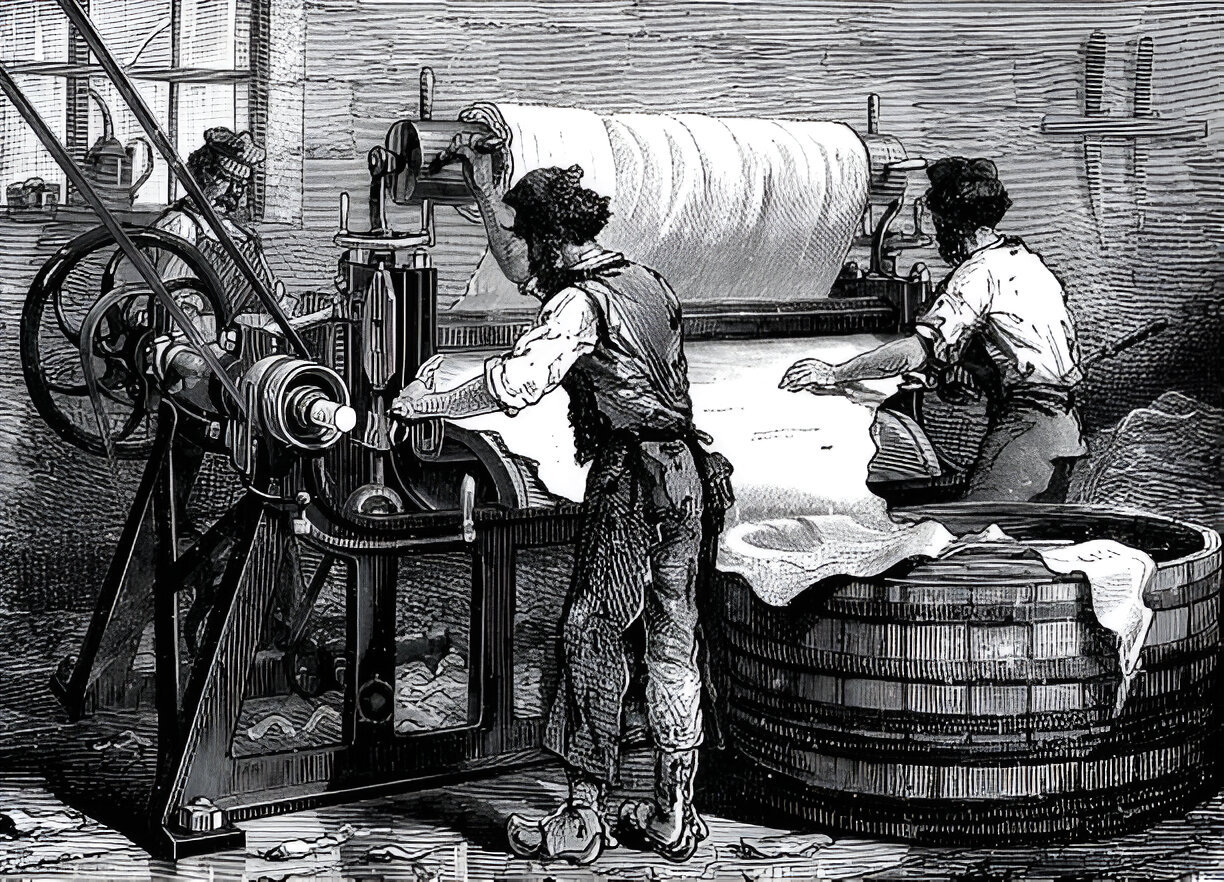
The Timeless Journey of Leather: From Ancient Necessity to Modern Luxury
The history of leather use stretches back thousands of years, as humans discovered its durability, flexibility, and versatility. Here’s a timeline of how leather has been used and developed from ancient times to the modern age:
1. Ancient Origins (Prehistoric Times)
Early Human Use: Archaeological evidence suggests that humans began using animal hides as far back as the Paleolithic era (around 40,000 years ago). Early humans hunted animals for food and then used the hides for warmth and protection.
Basic Tanning: Initially, hides were used in their raw form, but early humans quickly discovered basic tanning methods, like drying and smoking, to make them more durable. These simple methods helped preserve the hides for clothing, shelter, and tools.
Tool-Making and Clothing: Animal hides were sewn into clothing, using bone needles, and were also made into basic footwear and simple shelters. Leather became essential for survival in harsh climates.
2. Ancient Civilizations (3,000 BCE – 500 CE)
Egypt: The Egyptians developed more advanced leather tanning techniques around 3,000 BCE. They used vegetable tannins from acacia and mimosa trees to preserve the leather, which was then used for sandals, shields, gloves, and even intricate wall hangings and furniture.
Mesopotamia: The Mesopotamians used leather for military equipment like shields, armor, and chariot coverings. Leather scrolls and writing surfaces were also developed during this time.
Greece and Rome: In ancient Greece and Rome, leather was a valuable material used for sandals, armor, belts, and saddles. The Romans, in particular, expanded leather’s use in warfare by making durable shields and helmets, as well as soldiers’ clothing and bags. Leather scrolls were also popular for record-keeping and literature.
China and India: Ancient China and India developed unique tanning techniques using natural substances. Leather was used for armor, bags, and ceremonial items.
3. Middle Ages (500 CE – 1500 CE)
Leatherworking Guilds: Leather crafting became a highly respected skill in Europe, and leatherworking guilds were established. Artisans specialized in tanning, shoemaking, bookbinding, and saddlery, using natural vegetable tannins.
Bookbinding and Manuscripts: Leather became important in bookbinding as medieval manuscripts were written on parchment (a refined type of leather). The leather covers protected books, which were prized possessions.
Armor and Warfare: Leather was widely used in armor, particularly for those who couldn’t afford metal armor. It was also used in saddlery and harnesses for knights and horses, essential for mounted combat.
Household Items: Leather was used in various household items, including furniture, containers, pouches, and decorative items.
4. Renaissance and Early Modern Period (1500 CE – 1800 CE)
Increased Demand and Improved Techniques: As trade routes expanded, leather demand increased in Europe. Techniques improved, and specialized leather goods like gloves, belts, and footwear became more sophisticated.
Furniture and Luxury Goods: Leather was increasingly used in furniture and decorative items. Luxurious leather chairs and couches were crafted for wealthy patrons.
Colonial and Exploration Uses: During this period, explorers and colonists relied heavily on leather goods for survival. Leather boots, belts, saddles, and containers were essential for travel and trade.
Bookbinding and Art: Leather was further refined for bookbinding, and intricate designs were embossed on book covers. Artists also used leather for canvases and scrolls.
